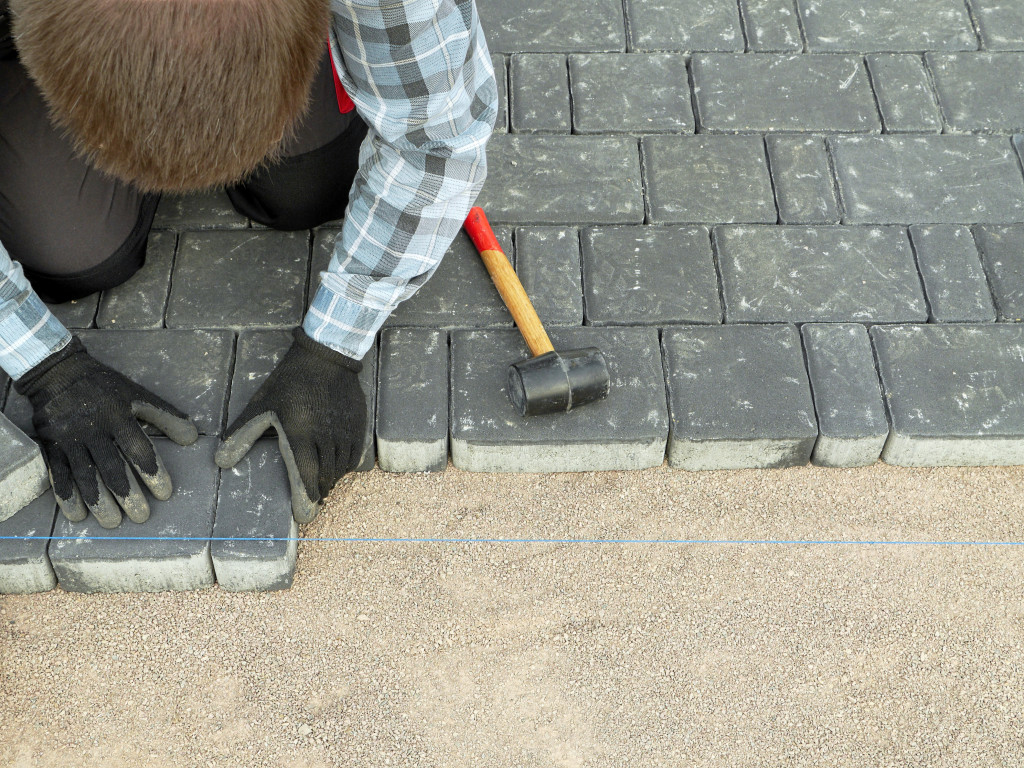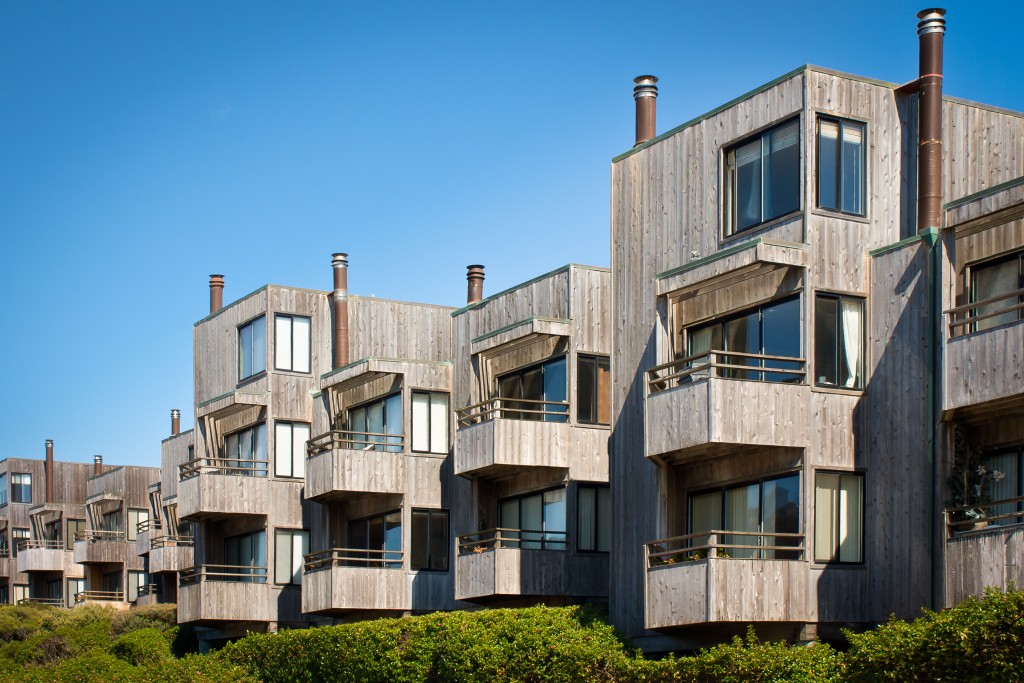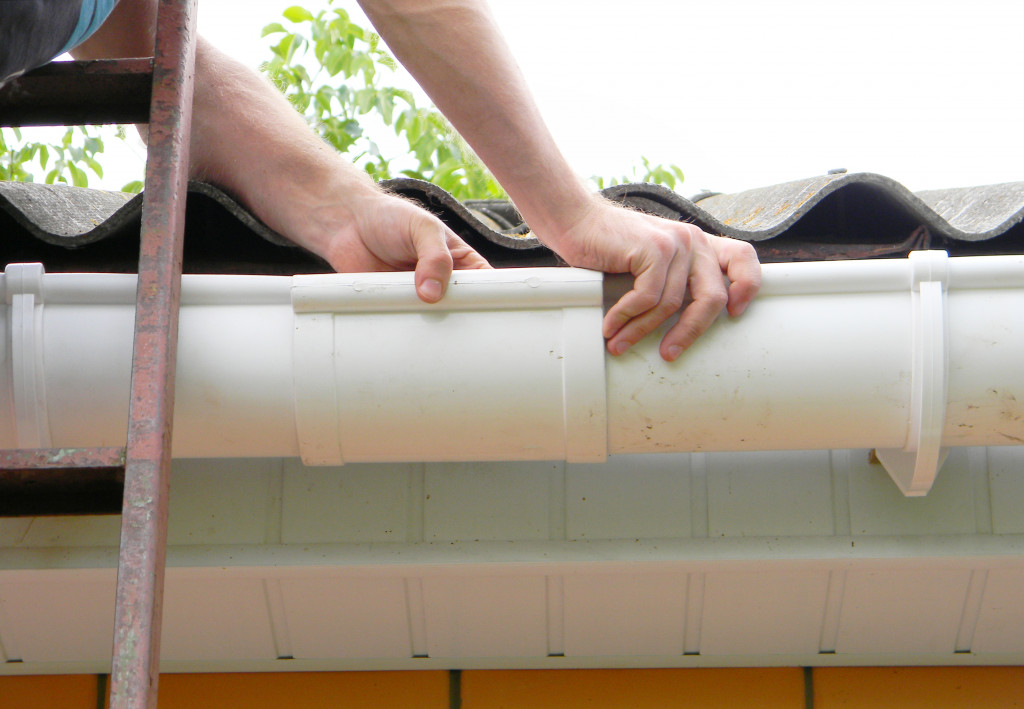- DIY home building can significantly save labor costs and a sense of accomplishment and satisfaction
- Finding the right partners, such as a general contractor, material supplier, designer, and equipment rental provider, is essential to ensure building success.
- In addition to finding those partners, creating a realistic budget and utilizing technology are essential steps for DIYers to consider.
- Having an emergency fund and pursuing home renovation loans can help stabilize one’s budget during home building.
Building your home yourself can provide many benefits, both financially and emotionally. For those with the necessary skills, it can be a rewarding experience resulting in a beautiful and unique living space you can call your own. Below are some critical advantages of DIY home building and statistics to back them up.
One of the most apparent benefits of building your own home is the savings on labor costs. According to the US Bureau of Labor Statistics, home construction accounts for an average of 15-30% of total housing costs, depending on how much labor is done by professionals. Doing the work yourself can reduce these expenses significantly while giving you more control over how much is spent on materials and other essentials. This allows homeowners to keep their budget within their means while still achieving the desired aesthetic they’ve dreamt up.
In addition to cost savings, DIYers also gain a sense of accomplishment and satisfaction from making their own homes. Homeowners see their hard work pay off as their vision comes together with each new step in the process. They have complete autonomy over every aspect of design, from selecting materials to installing fixtures and appliances—allowing them to create something unique that fits their lifestyle perfectly.
Of course, DIY home building is not without its challenges. Here are a few tips to help you accomplish your goal.

Find the Suitable Partners
While DIY involves your effort into creating your property, it doesn’t mean you have to do everything yourself. Materials, designs, tools, and consultancy are all essential things to secure before you start construction, and you can get them by finding the right partnerships.
Finding the right partners is essential when DIY home building. A good team of professionals and skilled tradespeople can help you to make the most of your efforts, resulting in higher quality work and a more enjoyable experience. Here are a few you might need:
General Contractor
A good contractor or builder will have a thorough understanding of local codes and regulations, be able to recommend quality materials and provide helpful advice on design and construction techniques. Plus, they can help you stay on track with your timeline so you don’t waste time.
Material Supplier
Building a home involves a lot of materials, and finding the best supplier is critical to staying on budget. Ensure you get the best quality materials at a competitive price by comparing multiple vendors before purchasing.
Designer
A qualified professional designer can help you create a plan that meets your needs and design preferences while considering the practical aspects of building construction. Architects, interior designers, and landscape architects can all be valuable partners in the design process. If you want an all-in-one package, you can pursue design-build architecture firms to help you with your DIY project.
Equipment Rental Provider
There will be plenty of machines needed during the construction process. From earth movers to excavators and other large equipment, you must ensure access to reliable, well-maintained machines for a safe working environment.
Create a Realistic Budget
Building a home yourself can save you a lot of money. However, it doesn’t mean it will be cheap. Ensure you create a detailed budget for all the materials, tools, and labor costs associated with DIY homebuilding. Then, stick to it as much as possible!
One way to start creating your budget is to estimate the cost of materials for each part of the building process. Please include everything from the foundation and walls to electrical wiring and plumbing fixtures.
After that, you can set up an emergency fund to help stabilize your budget if something unexpected arises. This will help you avoid overspending and give you peace of mind throughout the homebuilding process. You’ll have enough money to cover unforeseen costs if something goes wrong. Home renovation loans are also an option if you don’t have the money upfront. Talk to your bank or lender about options and discuss possible rates or fees.

Utilize Technology
Technology has made it easier for DIYers to achieve their desired results. Home design software, such as CAD programs and 3D printing, is now more accessible than ever. They can help you create detailed drawings of your plans quickly and accurately, so you don’t have to spend too much time designing or redrawing them by hand. Plus, dozens of online resources provide helpful tips and tricks on homebuilding, helping novices get the hang of it faster while giving experienced builders fresh ideas.
However, augmented reality (AR) is already starting to become a popular trend in the home building industry. AR will give homeowners the chance to practice before they even have to purchase the materials they need, making the project more cost-efficient.
Final Thoughts
Building your home has many advantages, from cost savings to the pride of seeing your dreams come to fruition. If you approach DIY projects with knowledge and proper guidance, it can be an enriching experience and yield beautiful results lasting for years.
